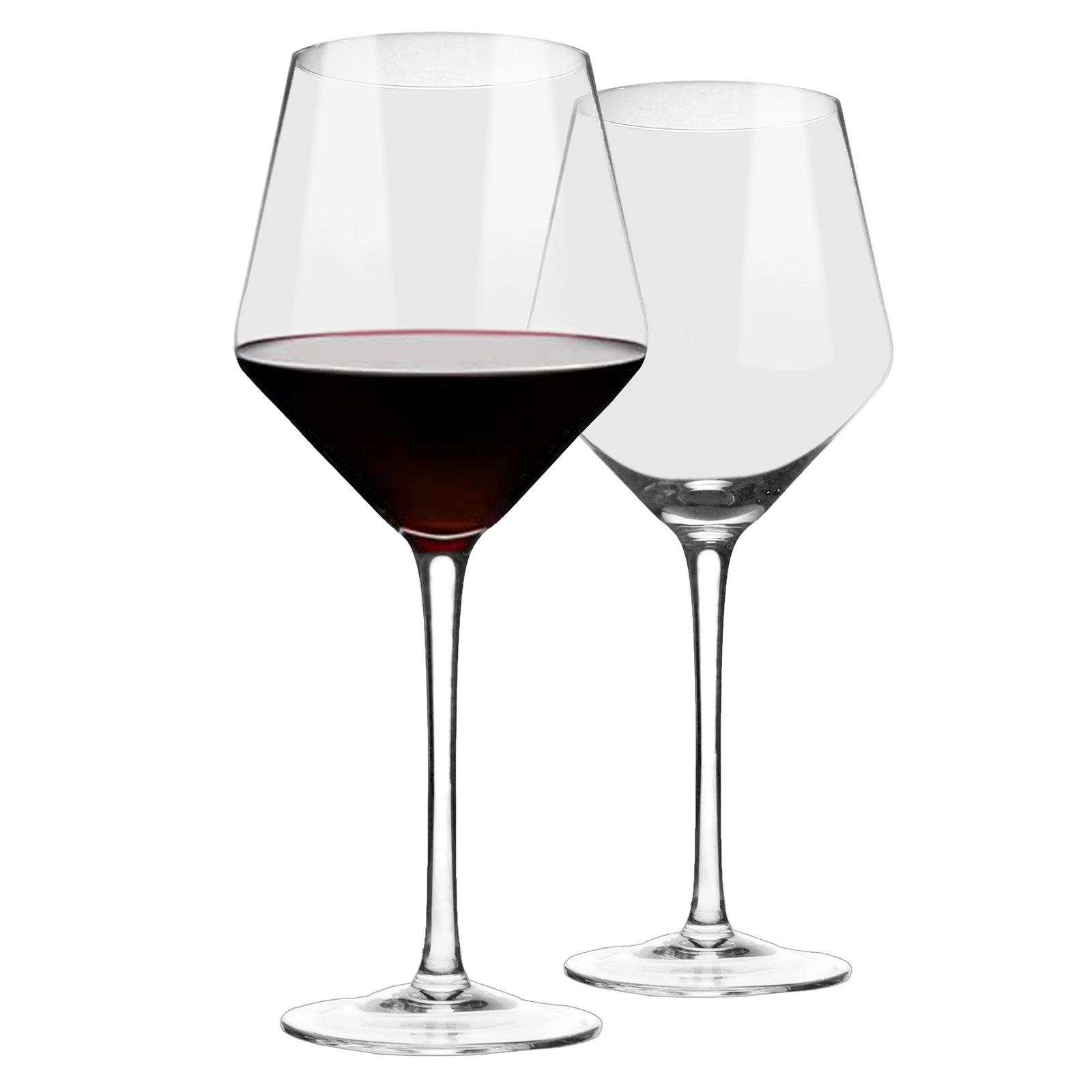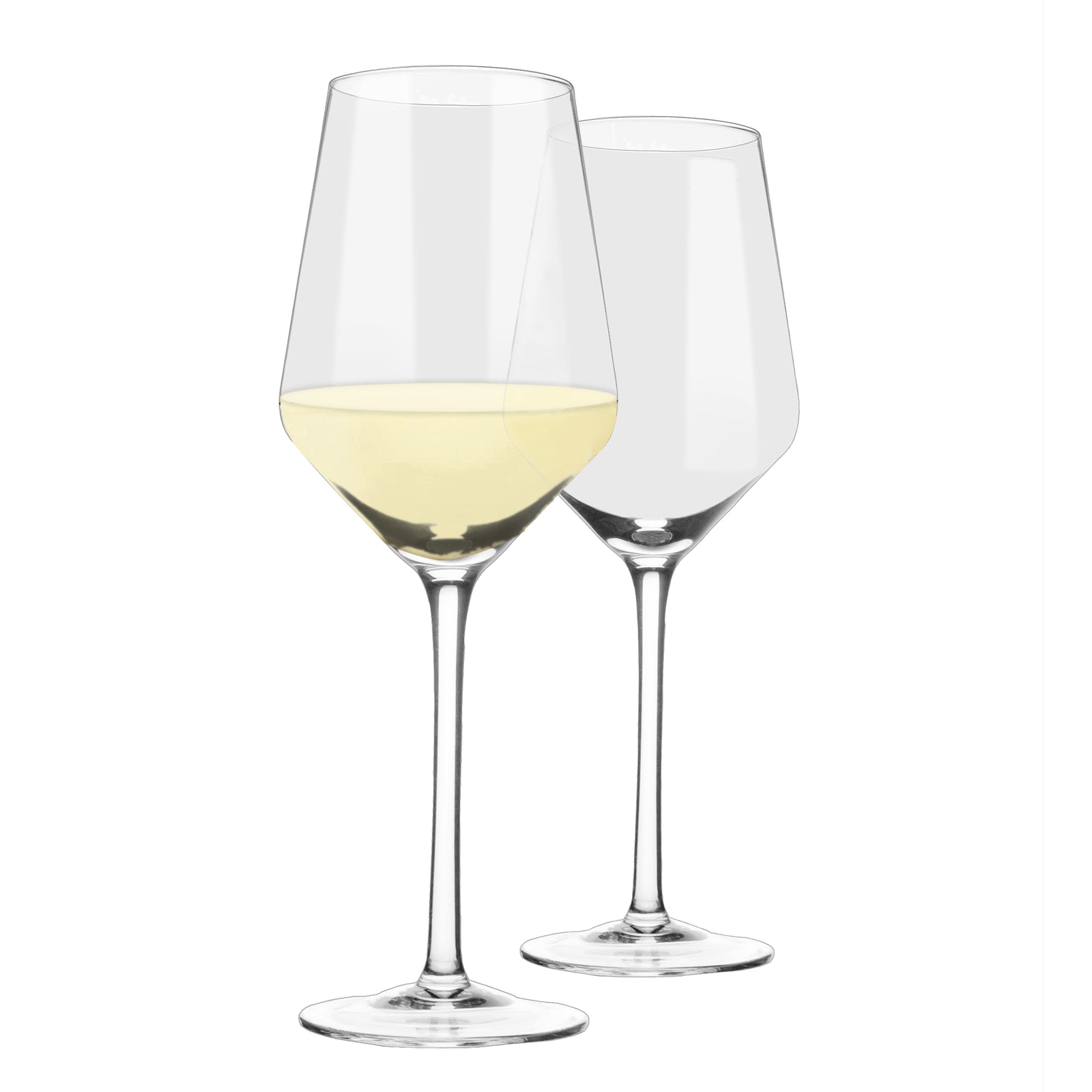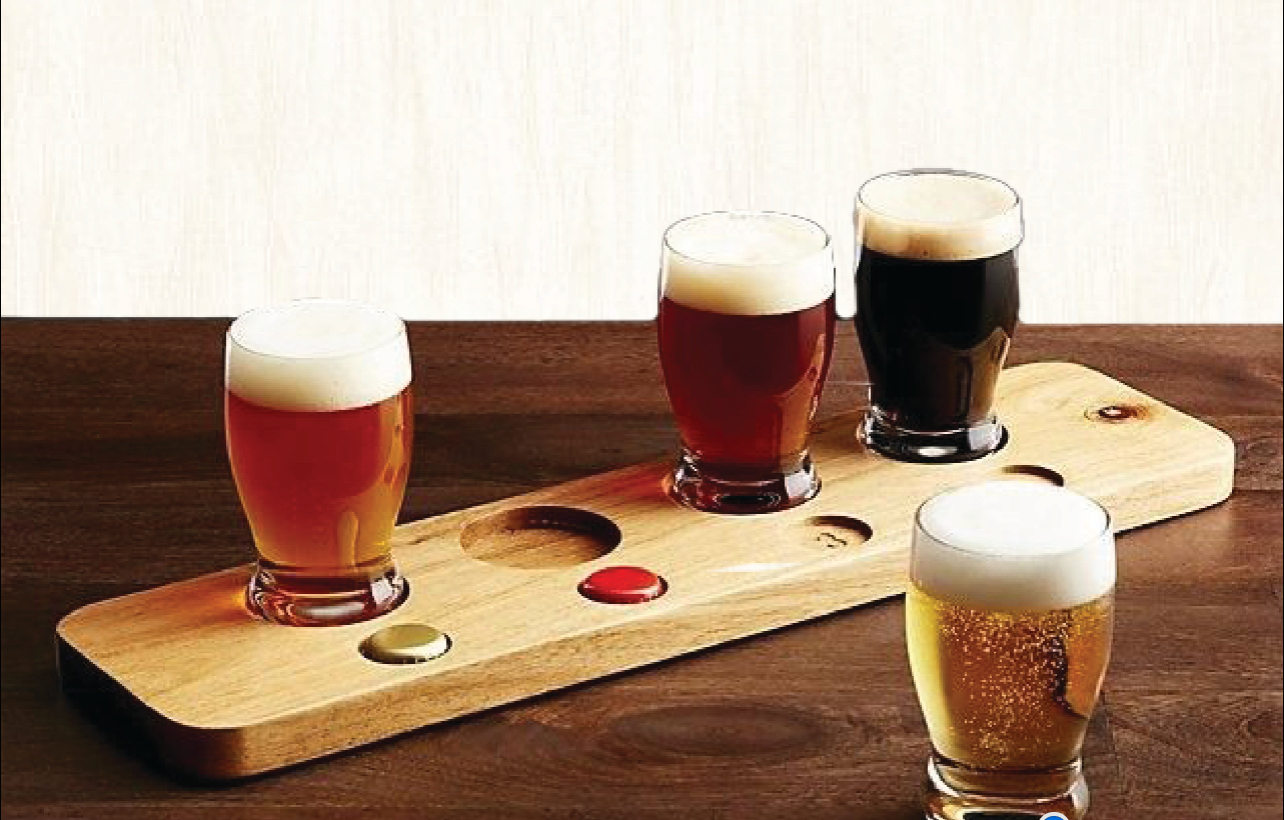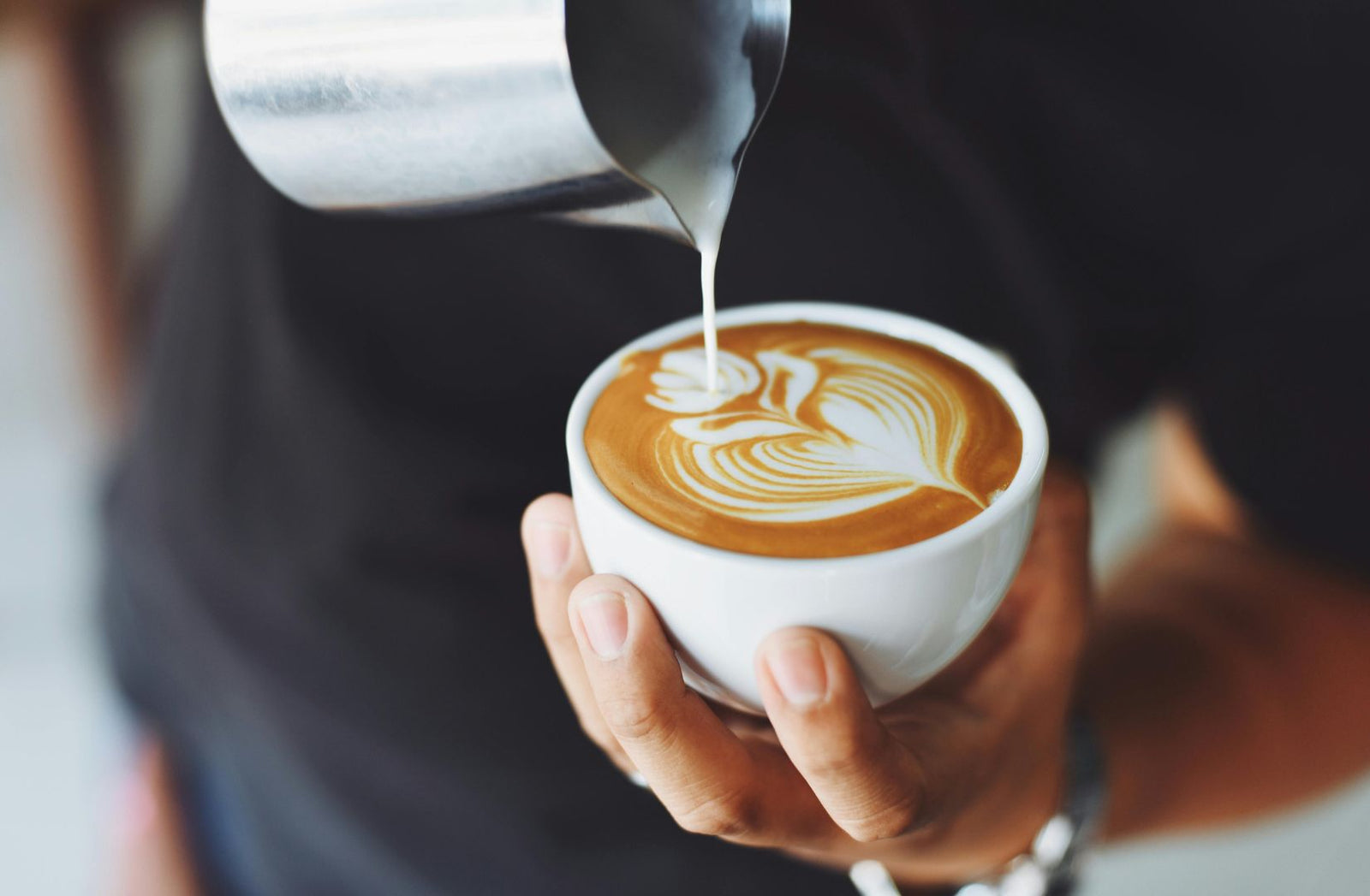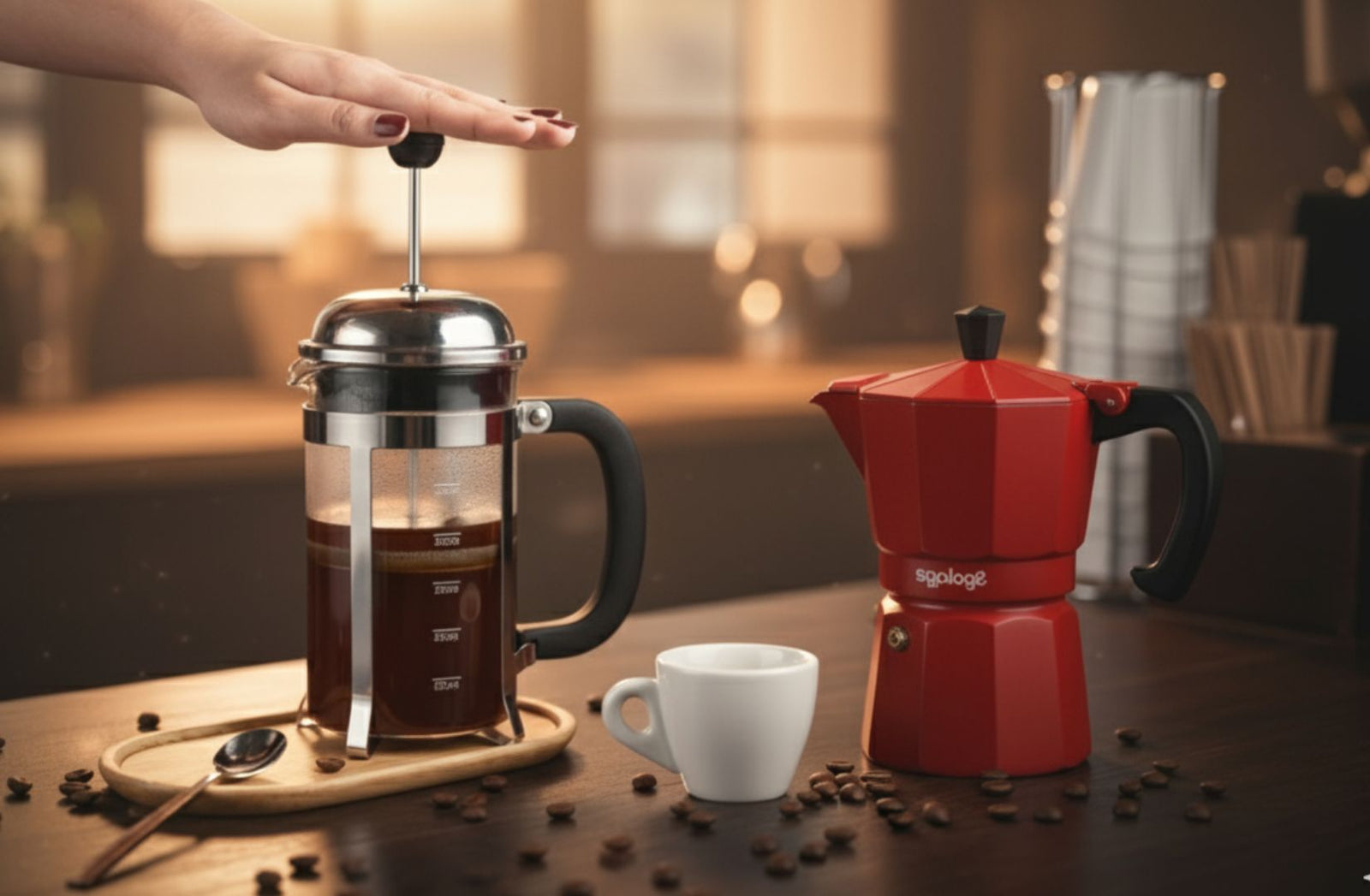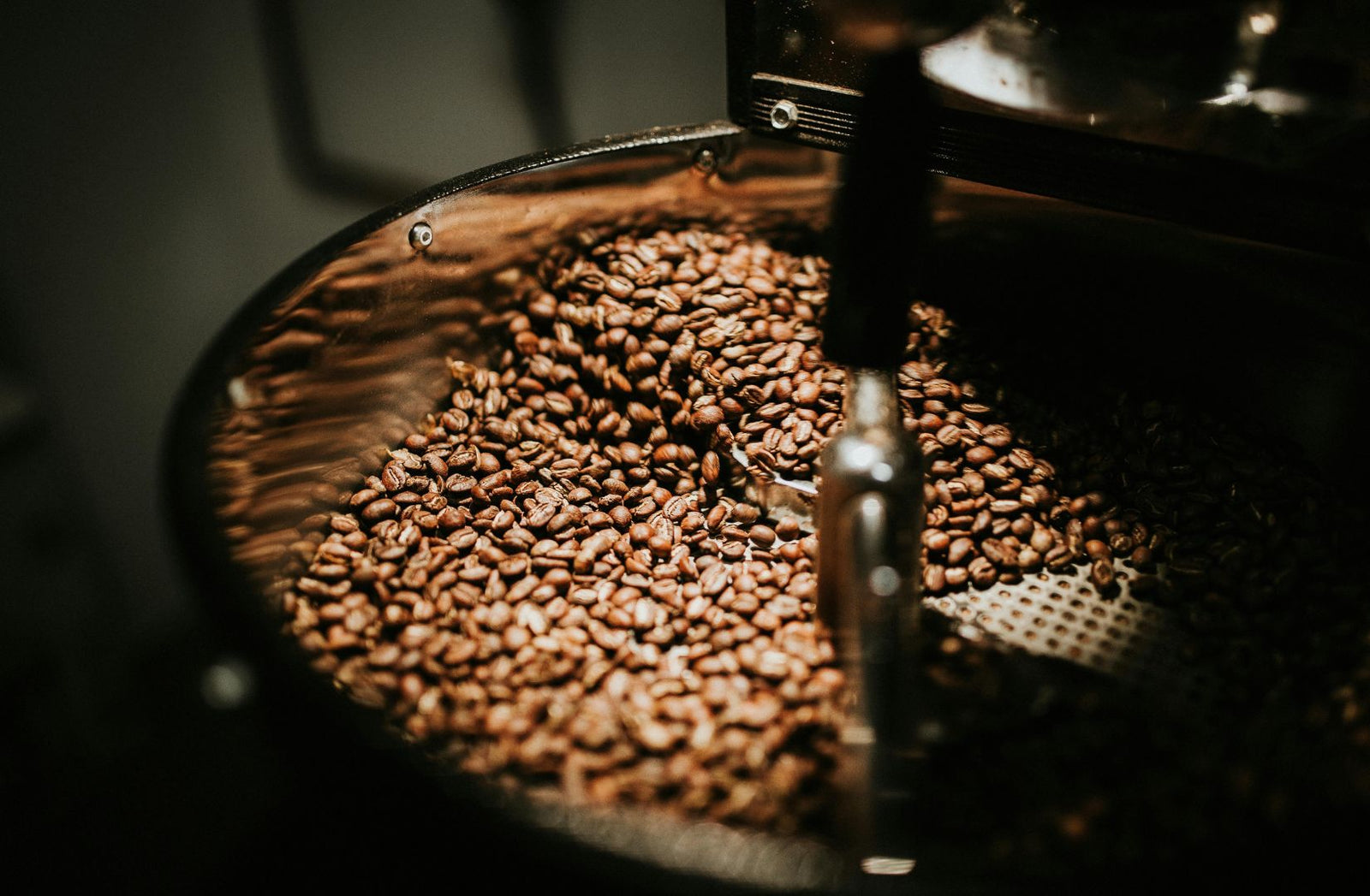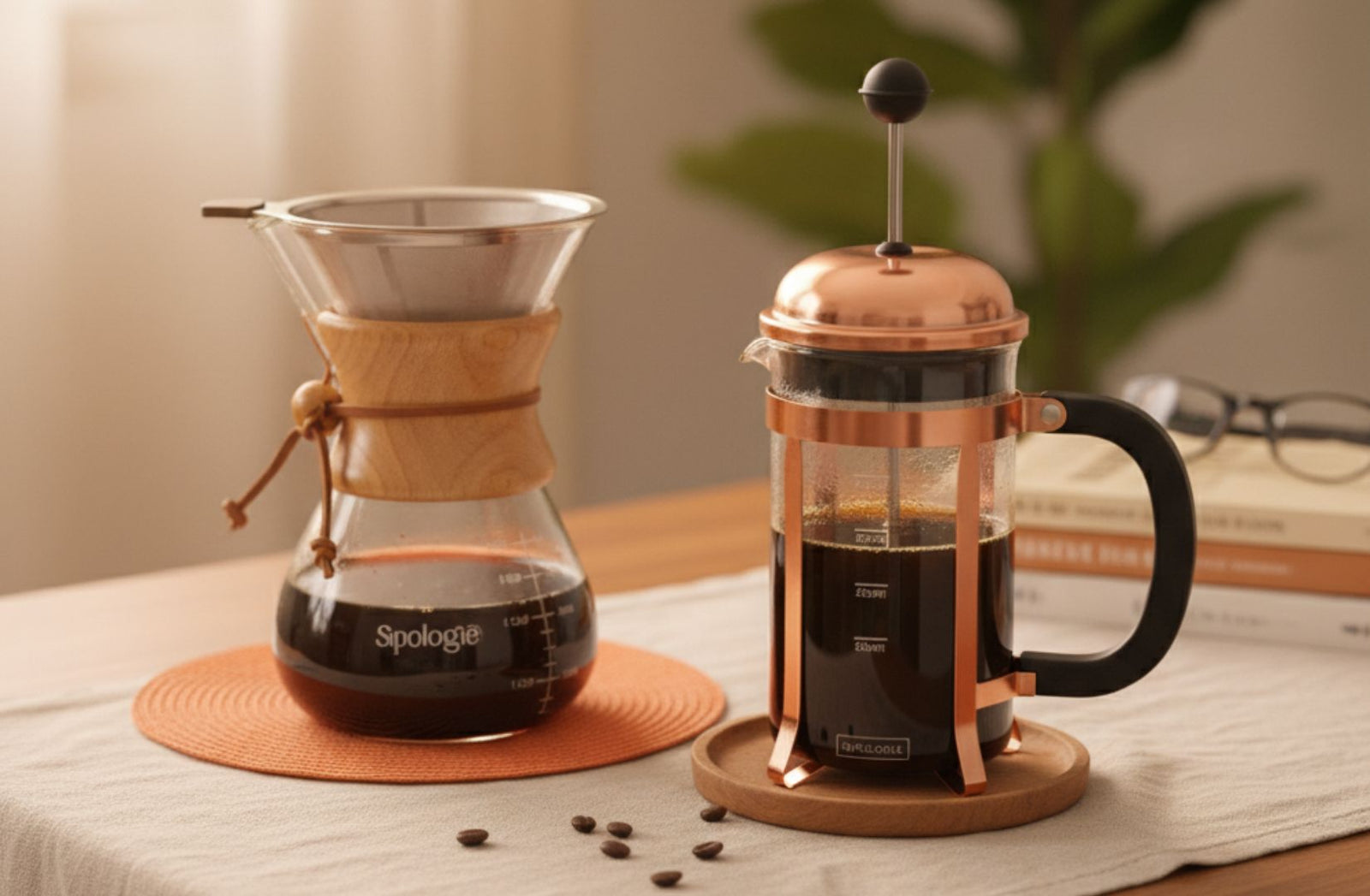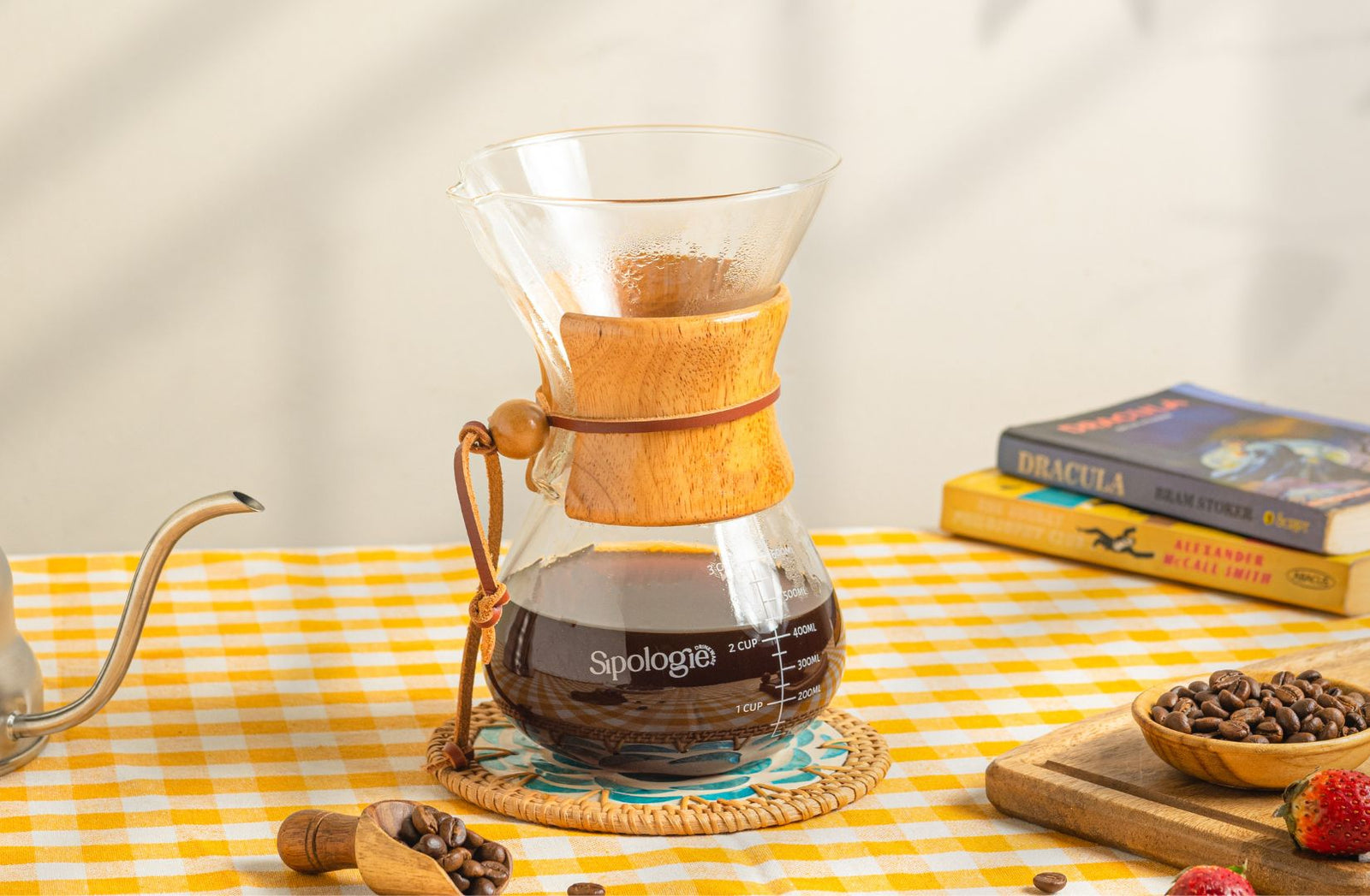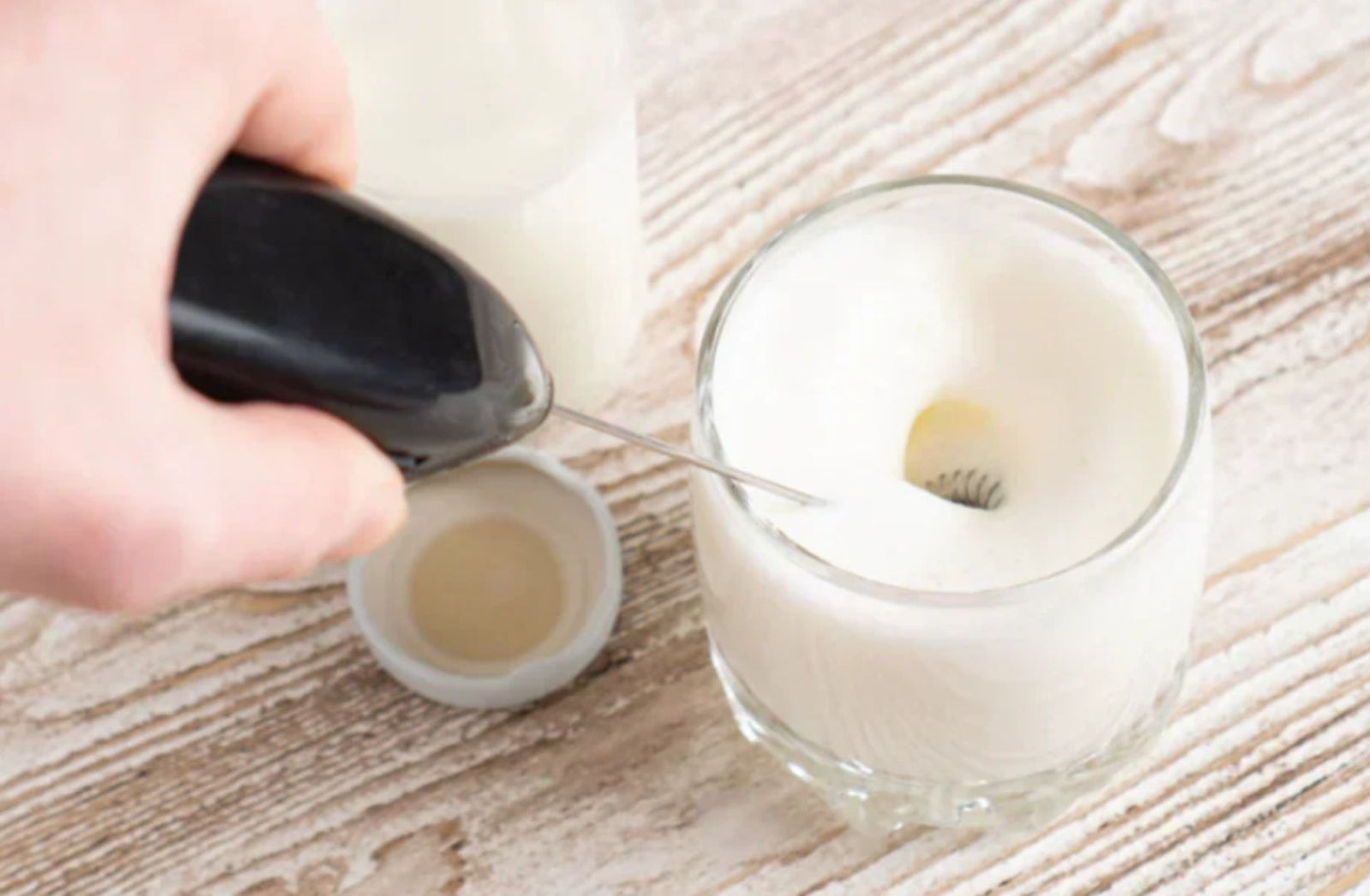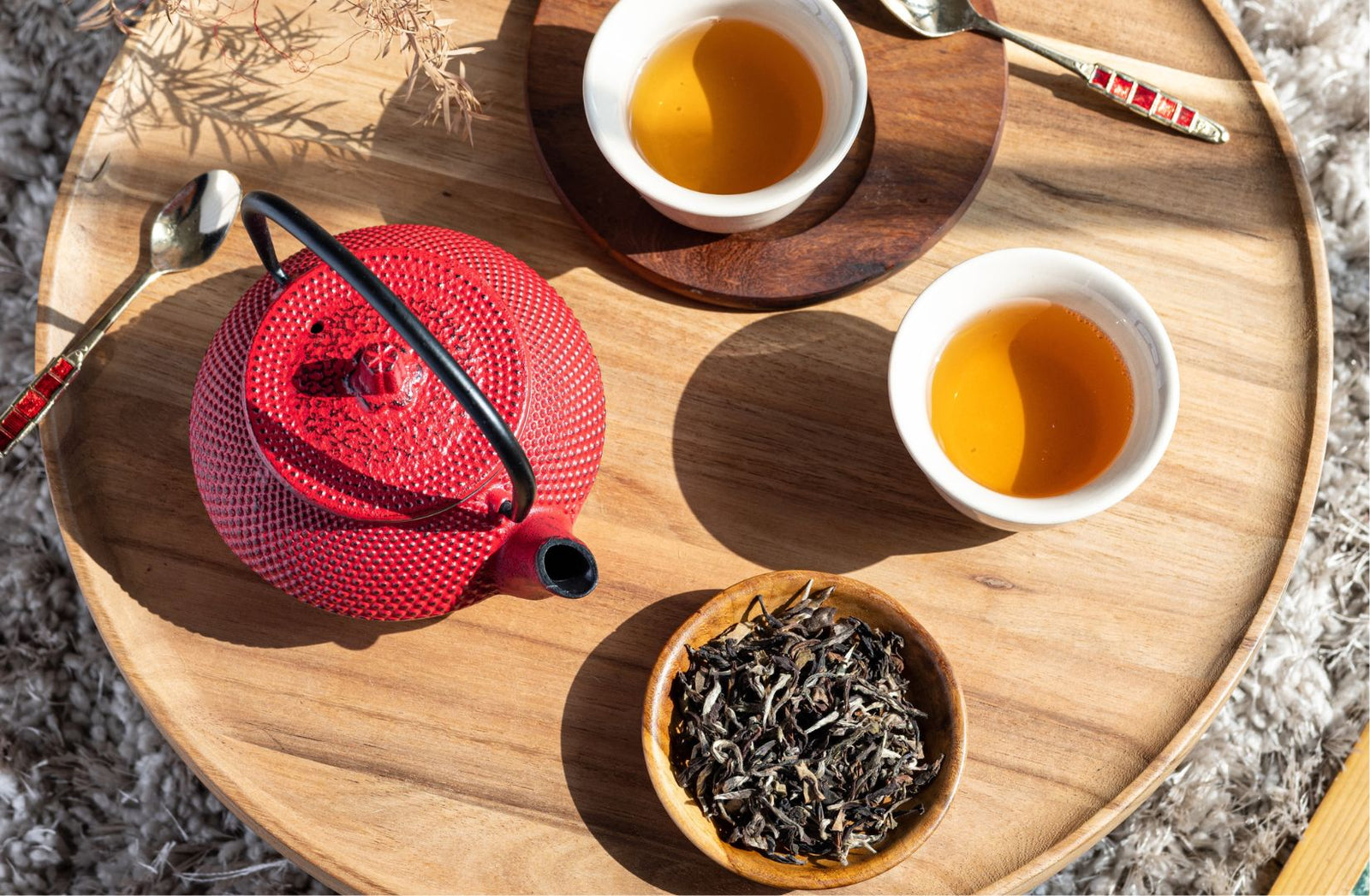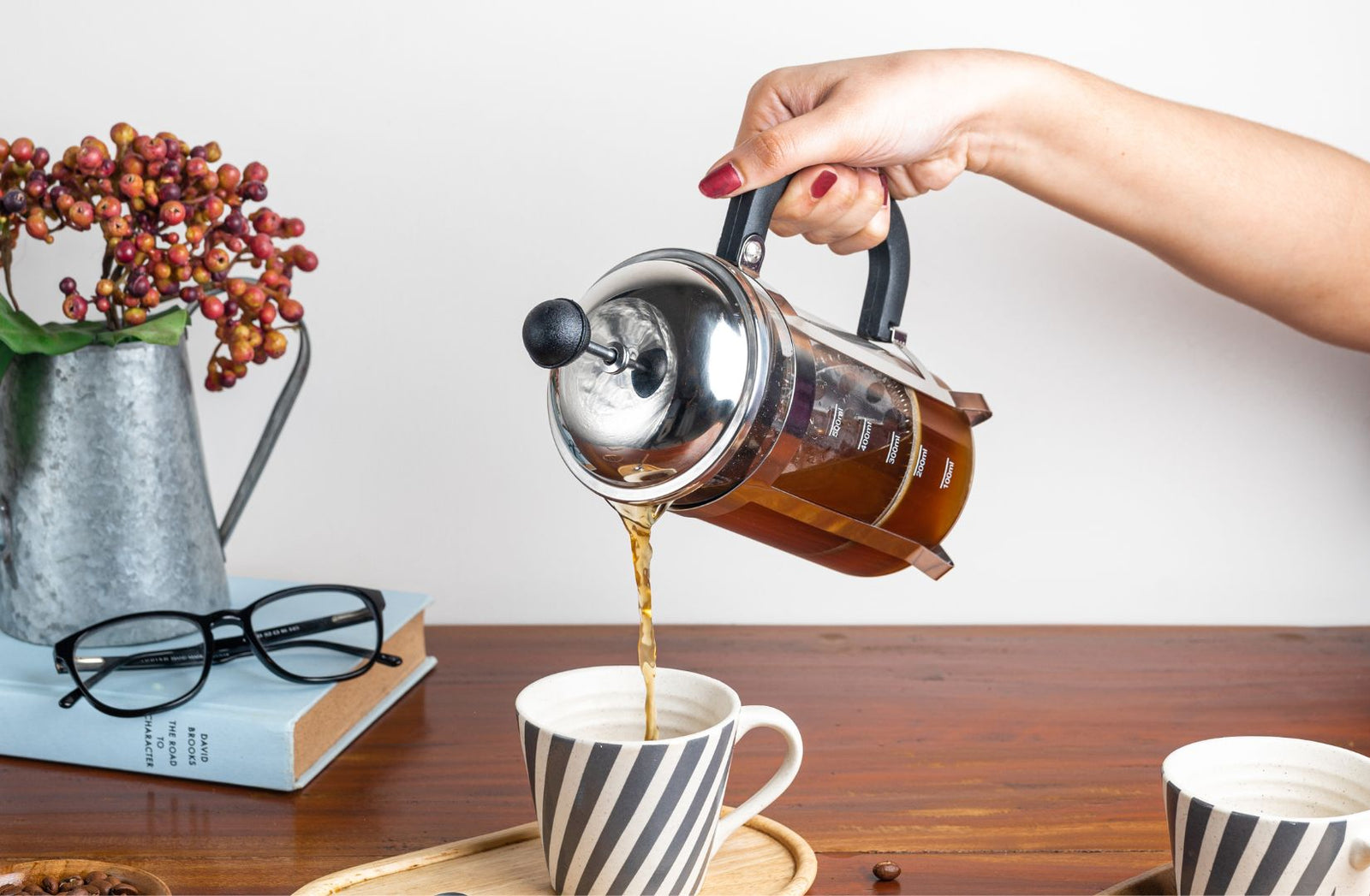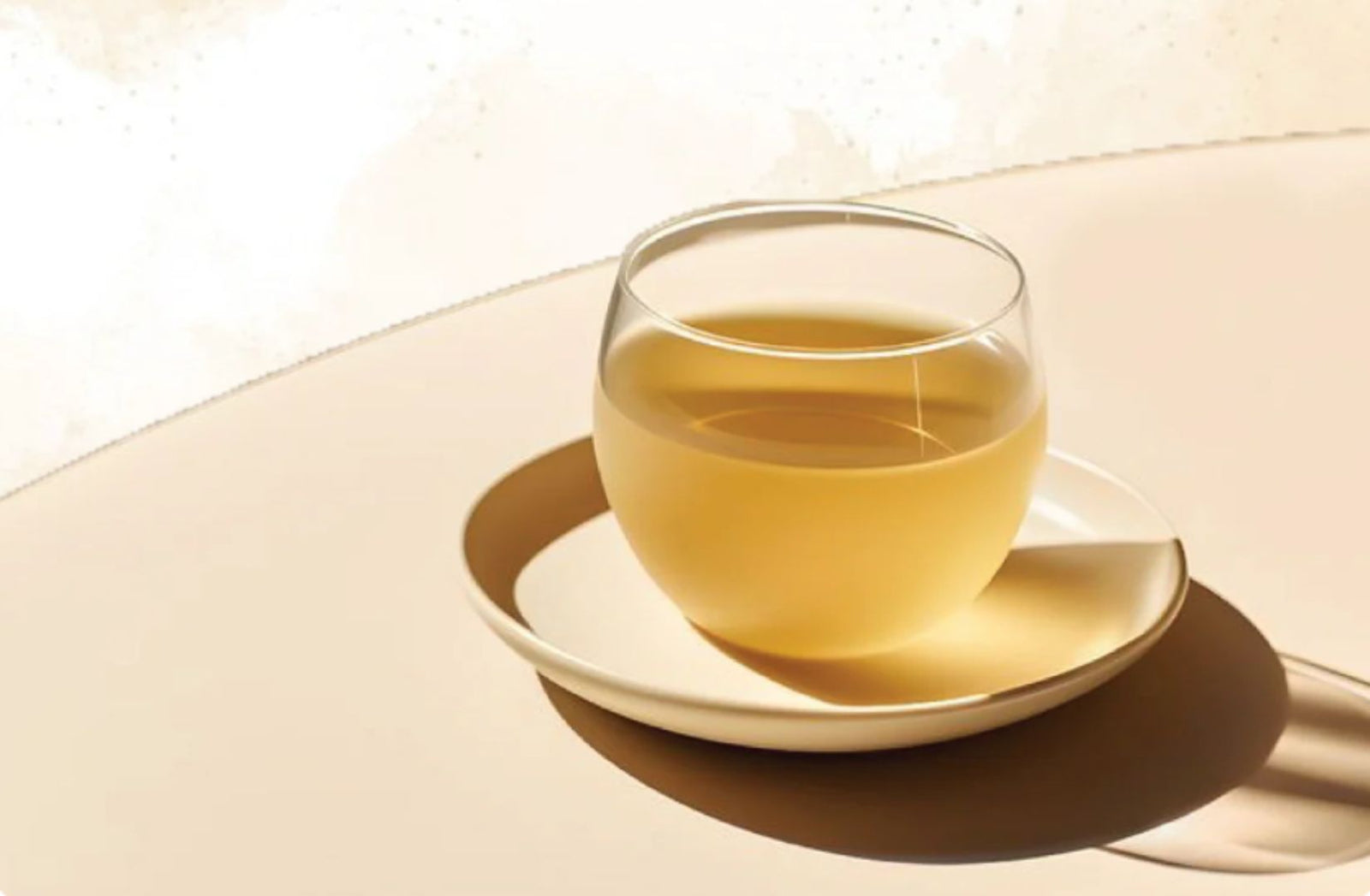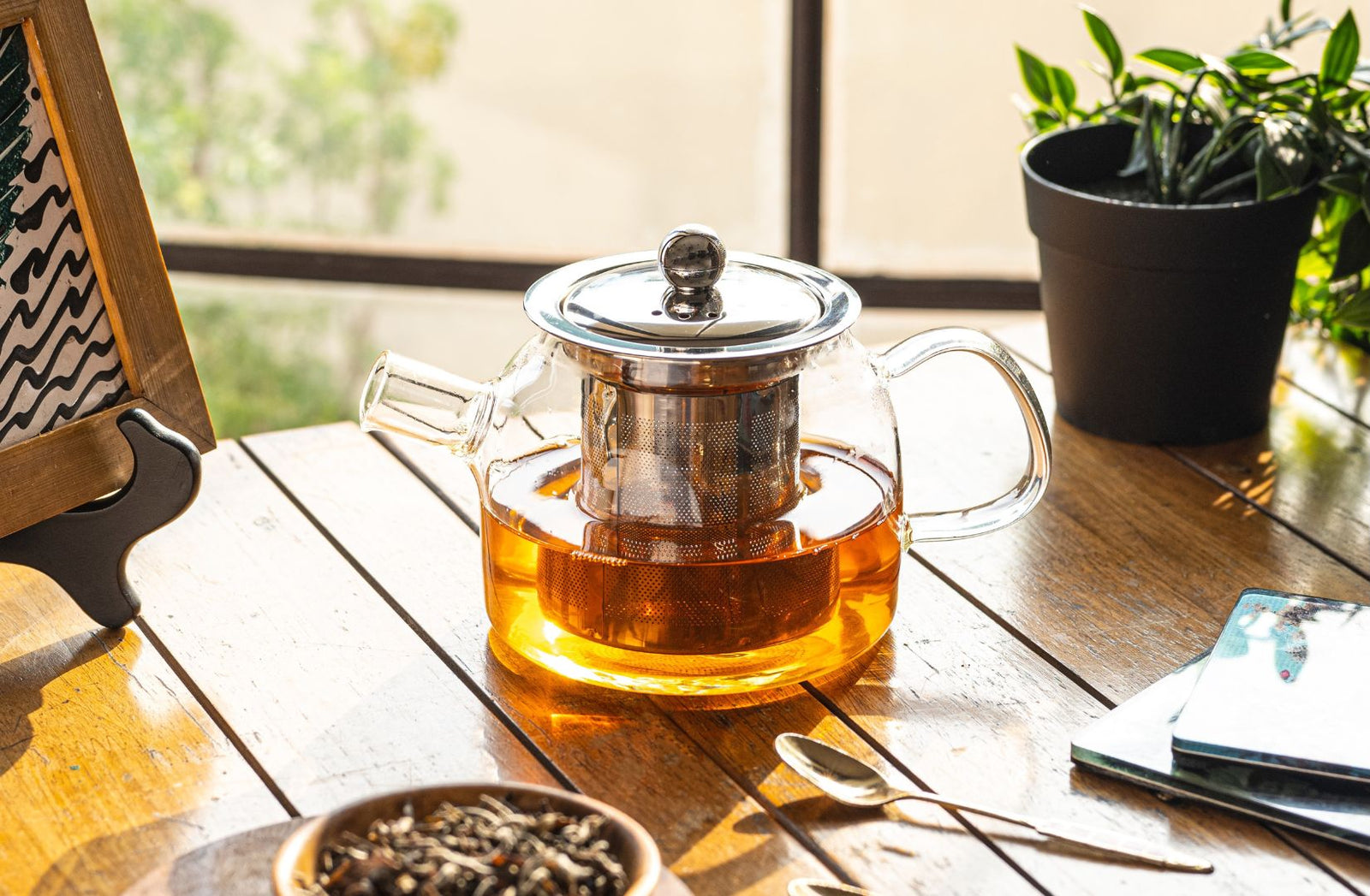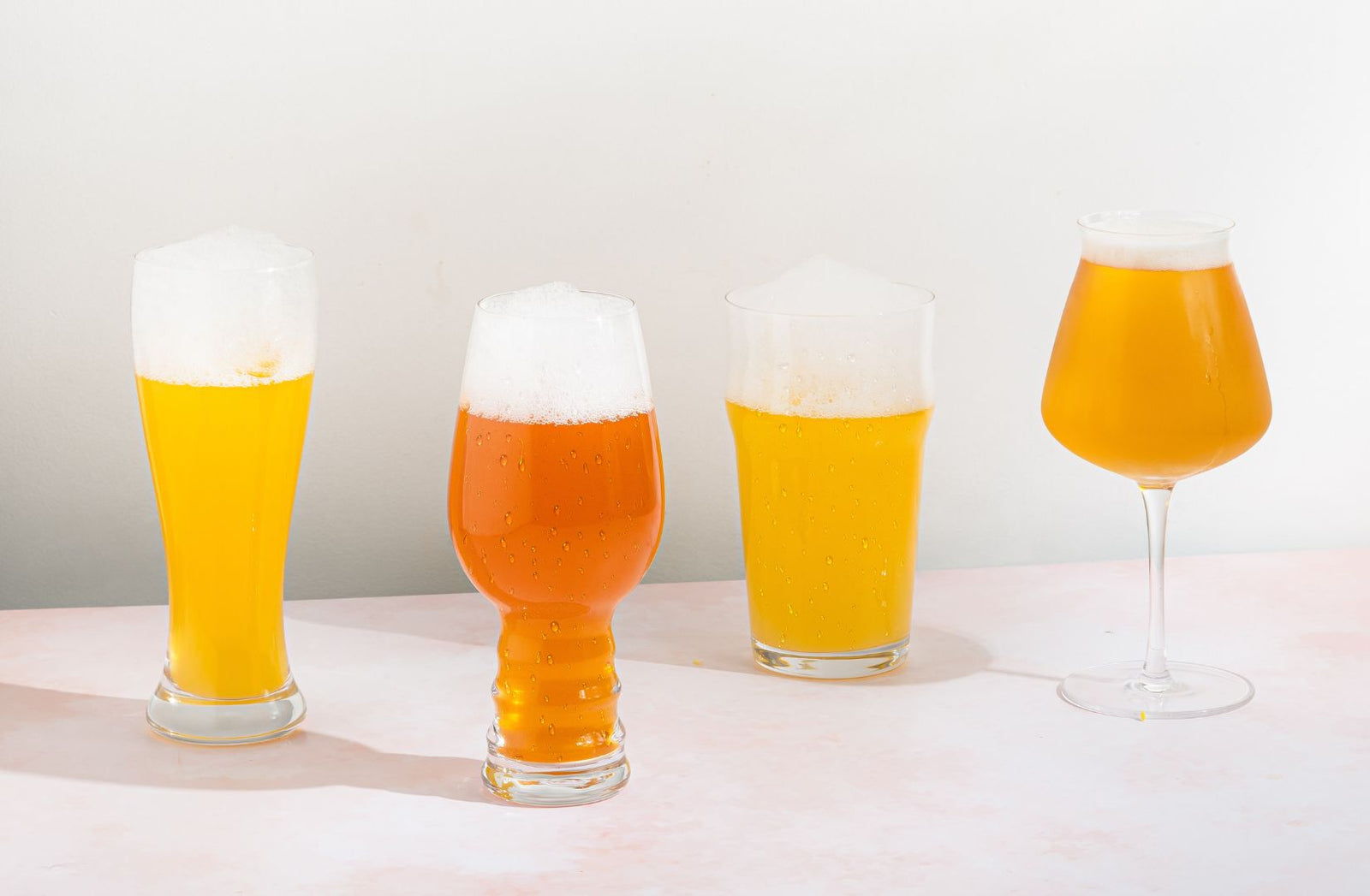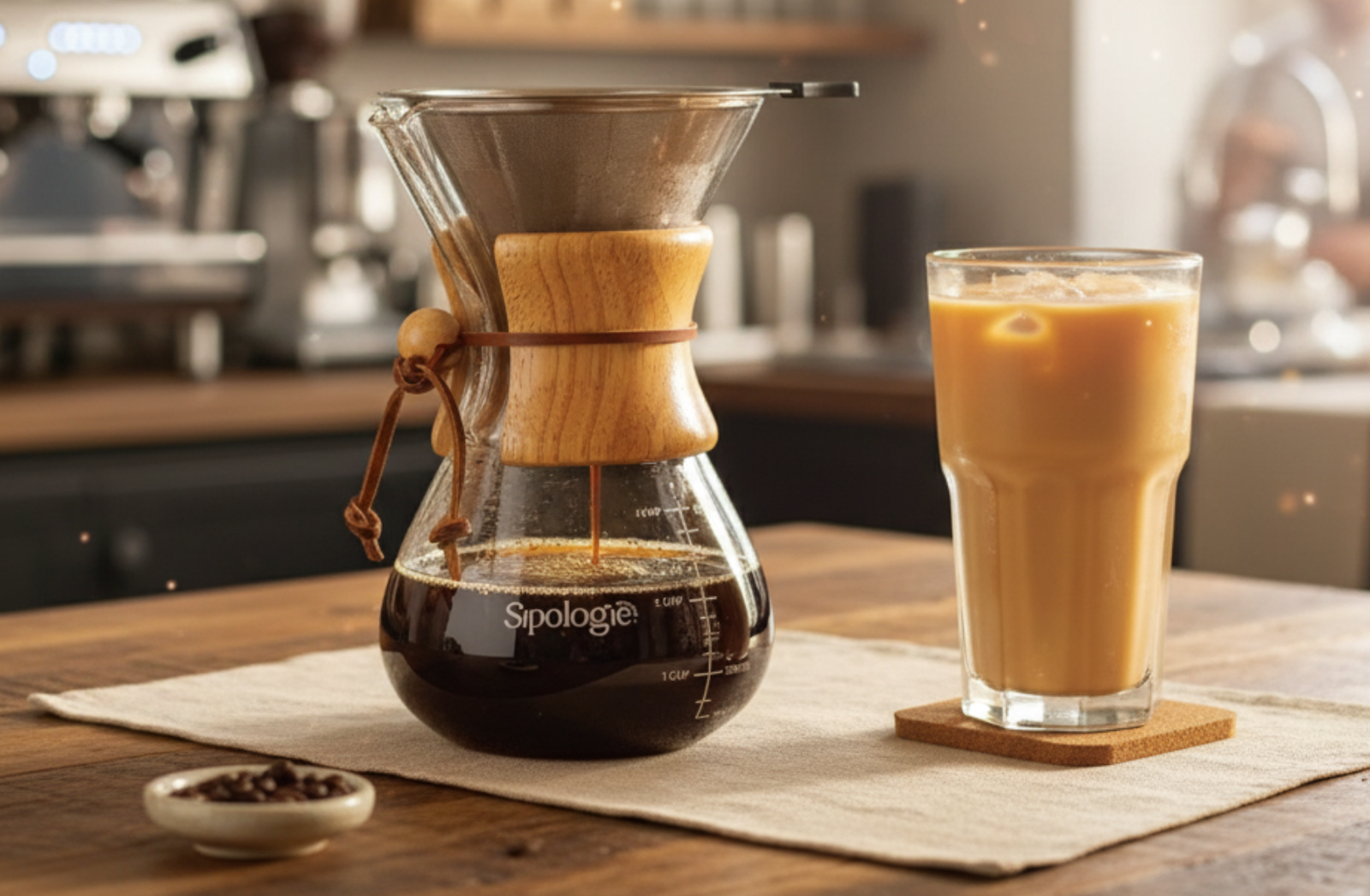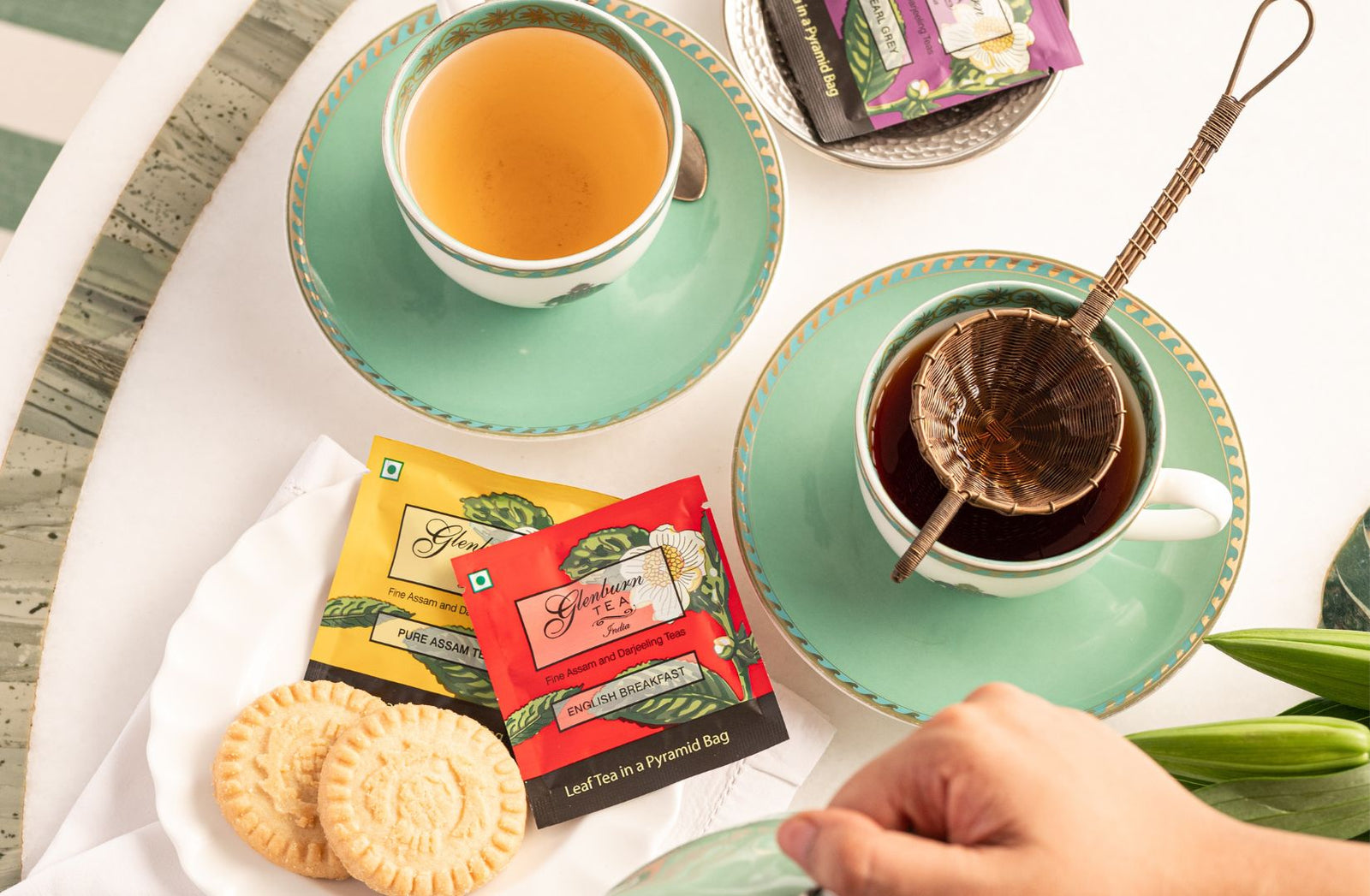
From bold reds to crisp whites, discover wines for every occasion. Explore popular varieties like Cabernet Sauvignon and Chardonnay, learn about lesser-known grapes, and master wine pairings to enhance your experience.
Red Wine and Grape Types :
Red wine is renowned for its rich flavors and complexity, with each grape variety offering unique characteristics. Grape skins shape a wine’s color, tannins, and flavor complexity. In red wines, the skins remain during fermentation, extracting pigments and tannins that enhance structure and mouthfeel.

- Cabernet Sauvignon – A bold red wine with dark fruit flavors, aging into rich notes of cedar, tobacco, and chocolate, making it a favorite for collectors and wine enthusiasts.
- Merlot – A smooth, versatile red with plum and blackberry flavors and velvety tannins, often blended with Cabernet Sauvignon for a well-balanced, easy-to-enjoy wine. Perfect for Bordeaux-style blends.
- Pinot Noir – A light-bodied red wine with red berry, cherry, and earthy notes, thriving in cool climates like Burgundy. Its silky texture pairs well with salmon, duck, and gourmet dishes.
White Wine and Grape Types :
When it comes to white wine, during the production, the skins are typically removed before fermentation, resulting in lighter wines with less tannin.

-
Chardonnay – A versatile white wine with crisp acidity and green apple, citrus notes in cool climates, while warmer regions bring tropical fruit, buttery textures, and vanilla, especially when oak-aged.
-
Sauvignon Blanc – Known for zesty acidity, this refreshing white offers lime, green apple, and herbaceous notes, thriving in New Zealand and France. Perfect for pairing with seafood, salads, and herb-rich dishes.
-
Riesling – A highly aromatic wine with peach, apricot, and floral flavors, ranging from dry to sweet. Its high acidity makes it an excellent match for spicy foods and Asian cuisine.
Rosé Wine and Grape Types :
Rosé wine has become increasingly popular, offering a delightful middle ground between the refreshing qualities of white wine and the boldness of red. Typically produced from red grape varieties, rosé can be made through several methods, including direct pressing, saignée, or blending.

- Grenache Rosé – Known for strawberry, raspberry, and spice notes, Grenache creates elegant, dry rosés, especially in Provence, France, making it a favorite for refreshing summer sipping.
- Syrah Rosé – Offering a deeper color and bold flavors, Syrah rosé showcases dark berries, floral, and peppery notes. Popular in Rhône Valley and California, it ranges from light to fuller-bodied styles.
- Tempranillo Rosé – Native to Spain, Tempranillo rosé features cherry, plum, and earthy undertones. Found in Rioja and Ribera del Duero, its versatile styles range from refreshing to more structured and complex.
Sparkling Wine and Grape Types :
Sparkling wine is synonymous with celebration and special occasions, with Champagne being the most renowned. Produced in France’s Champagne region, it blends Chardonnay for elegance, Pinot Noir for structure, and Pinot Meunier for balance. Made using the méthode champenoise, it undergoes secondary fermentation in the bottle, creating its signature bubbles and complexity, making it the ultimate luxury sparkling wine.

- Prosecco – An Italian sparkling wine made from Glera grapes, Prosecco undergoes tank fermentation, producing a fruit-forward, crisp wine with green apple, pear, and honeysuckle flavors, perfect for casual celebrations.
- Cava – Spain’s traditional-method sparkling wine, made from Macabeo, Xarel-lo, and Parellada grapes, offers flavors of citrus, stone fruit, and toasty brioche, providing an affordable yet high-quality alternative to Champagne.
Fermentation and Aging Process of These Wines :
The fermentation process is essential in winemaking, where yeast converts grape sugars into alcohol. This can happen naturally (spontaneous fermentation) or with added yeast (inoculated fermentation), shaping the wine’s aroma, flavor, and texture. Temperature control affects complexity and freshness. Aging in stainless steel, concrete, or oak barrels enhances the wine’s character. Sparkling wines undergo secondary fermentation, creating bubbles and adding depth, with Champagne’s méthode champenoise offering effervescence and autolytic flavors like brioche.
Alcohol Content :
-
Red wines typically range from 12% to 15% ABV, with bold varieties like Cabernet Sauvignon and Syrah reaching up to 15%. Lighter reds, such as Pinot Noir, usually have an alcohol content around 12%-13.5%
-
White wines range from 10% to 14% ABV, with Sauvignon Blanc and Riesling offering lower alcohol content around 10%-12.5%. Full-bodied whites, like Chardonnay, can climb to 13%-14%.
-
Rosé wines typically have an alcohol content of 11% to 13.5% ABV, falling between red and white wine alcohol levels. Dry rosés tend to have an alcohol range of 11%-12.5%, while richer rosés can go up to 13.5%.
-
Sparkling wines, such as Champagne, Prosecco, and Cava, generally have an alcohol content between 10% and 12.5% ABV. Brut and Extra Dry styles tend to fall on the higher end. Sweet sparkling wines may have lower alcohol levels due to the higher sugar content.

Significance of Shapes of Wine Glasses :
The shape of a wine glass is essential for enhancing the tasting experience. Sipologie’s Red Wine Glass features a wide bowl and a slightly flared rim, which promotes aeration and helps release the wine’s complex aromas. This design is ideal for red wines, allowing the bouquet to develop fully.
White wine glasses like our Bordeaux White Wine Glass has a narrower body and a more closed rim to preserve the wine’s crispness and acidity. The smaller opening directs the aromas more precisely to the nose, making it perfect for fresh varietals like Sauvignon Blanc and Riesling, enhancing their floral and fruity notes.
Sparkling wine glasses, like flutes, maintain effervescence with their tall, narrow shape, helping to preserve bubbles and enhance the sensory experience. Coupés, with their broader surface area, offer a different tasting experience but do not retain the bubbles as well.

